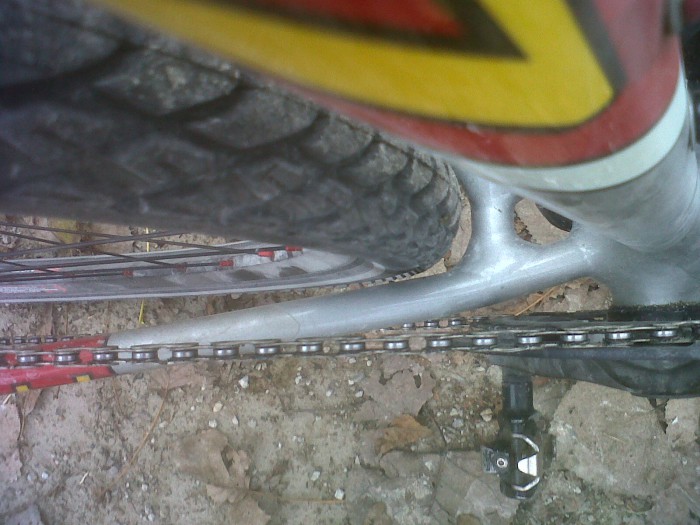Gravel riding is exploding in popularity. Is your bike gravel ready so it will not explode when you hit the first section of dirt on the ride? Taking a few steps to prepare your bike appropriately for the conditions you face will keep you pedaling and not waiting for the broom wagon or calling home for a ride.
Dirt Roads
Dirt roads come in a variety of forms, from smooth, packed dirt to roads covered in loose baseball-sized rocks. Your approach will differ for each that you encounter, although you should prepare for the worst road you will see on the ride. If you have an overbuilt bike on smoother roads, you are sacrificing speed, and if you have an underbuilt bike on harsh roads, you sacrifice durability and maybe even your ability to ride the bike. Get it right and you will optimize your ride.
For each of these types of rides, double check that your bottle cages can handle the bumps and vibrations. What may work on asphalt may not work on a gravel road. There are a couple of tricks to adapting your current cages. One is putting grip tape on the surfaces that contact the bottle. It may mar your bottles, but it is better than being two hours from home with no bottles. The other is to girth hitch a wide rubber band or two on the front edge of the bottle cage. It could provide that extra friction your cage needs to do its job with an item you have lying around the house. If you have a metal cage, you can also bend in slightly to hold the bottle more secure.
Your bike should be in pristine working order before an adventurous gravel ride. Make sure the chain is lubed, the derailleur hanger is straight, the cables and bearings are clean and the tires are free from ruptures in the casing. These are easy maintenance tasks that, if you skip, will make a great day a miserable day.
Smooth to Medium Dirt
Despite what many people think, you can ride a road bike on smooth dirt roads. There is not much you need to do different to prepare your bike. The same rules apply to riding on the road – take good lines and stay out of potholes. Once it gets a little wet or the surface gets a little loose, drop your tire pressure a bit for better grip, but only if you are comfortable with avoiding said potholes or other debris on the road. Lower pressure will increase your likelihood of pinch flats.
Medium Dirt to Rough
This is where you need to start adjusting your equipment. Ideally you switch to a cyclocross bike with thirty-two or thirty-three millimeter tires that have less aggressive tread, maybe a file tread, unless you foresee loose dirt and gravel, and you could use all arounders. Mud tires will have too much rolling resistance. To have less rolling resistance, pump your tires higher than you would if it was a regular cyclocross ride. It will also help resist pinch flats. You will ride at a bit higher speed on a road like this than a standard cyclocross ride with fewer hazards, although the hazards may be more dramatic – a loose rock or deep pothole.
The Roughest
The roughest roads require the most volume in your tires. If your cyclocross bike can handle it, get forty millimeter tires. Again, the tread does not need to be super aggressive, but file treads probably are not ideal here. If your cyclocross bike is not up to forty millimeter tires, riding a mountain bike with less aggressive tires is a fine choice. There have been plenty of winners of gnarly gravel races that have used mountain bikes. Another benefit of a mountain bike is suspension. While your legs and arms are the best suspension tools you have, a little help is nice. There are a few gravel or cyclocross bikes with light suspension to take the edge off; this is an ideal application for such a bike.
Additional Considerations
Tubeless tires excel in the aforementioned conditions. There is a far lower risk of pinch flatting, and if you do flat, you can repair the flat with a tube. And depending on the conditions you may come across and duration of your ride, you may want to carry a spare tire too. You definitely want to carry a multi-tool that can fit all of the bolts and screws on your bike, two tubes, a patch kit, a few dollar bills to boot a tire and a real pump (not just CO2). It sounds like a lot, but a reasonable seat pack should fit it all, except for the pump, which should go somewhere on your frame. You want patches and a real pump so you can handle more flats than your two spare tubes can repair.
Get Gravel Ready
You can be gravel ready with most of the equipment you already have. A few tweaks to your setup can make gravel riding a more enjoyable and successful experience. Go get dirty! And if you’re looking for other tips on gravel riding, check out another one of our gravel articles: “Everything You Need To Know When Riding Gravel.”
